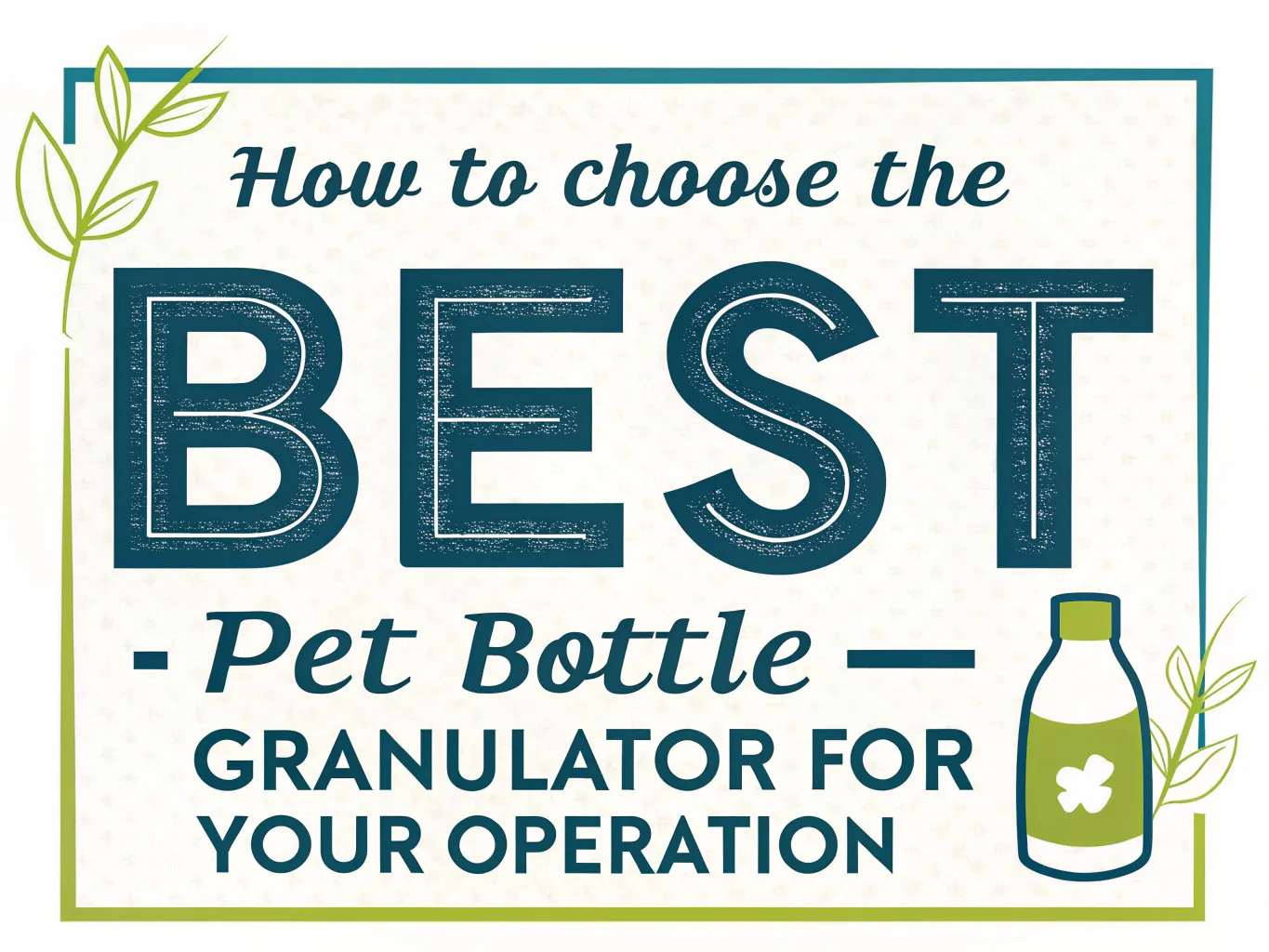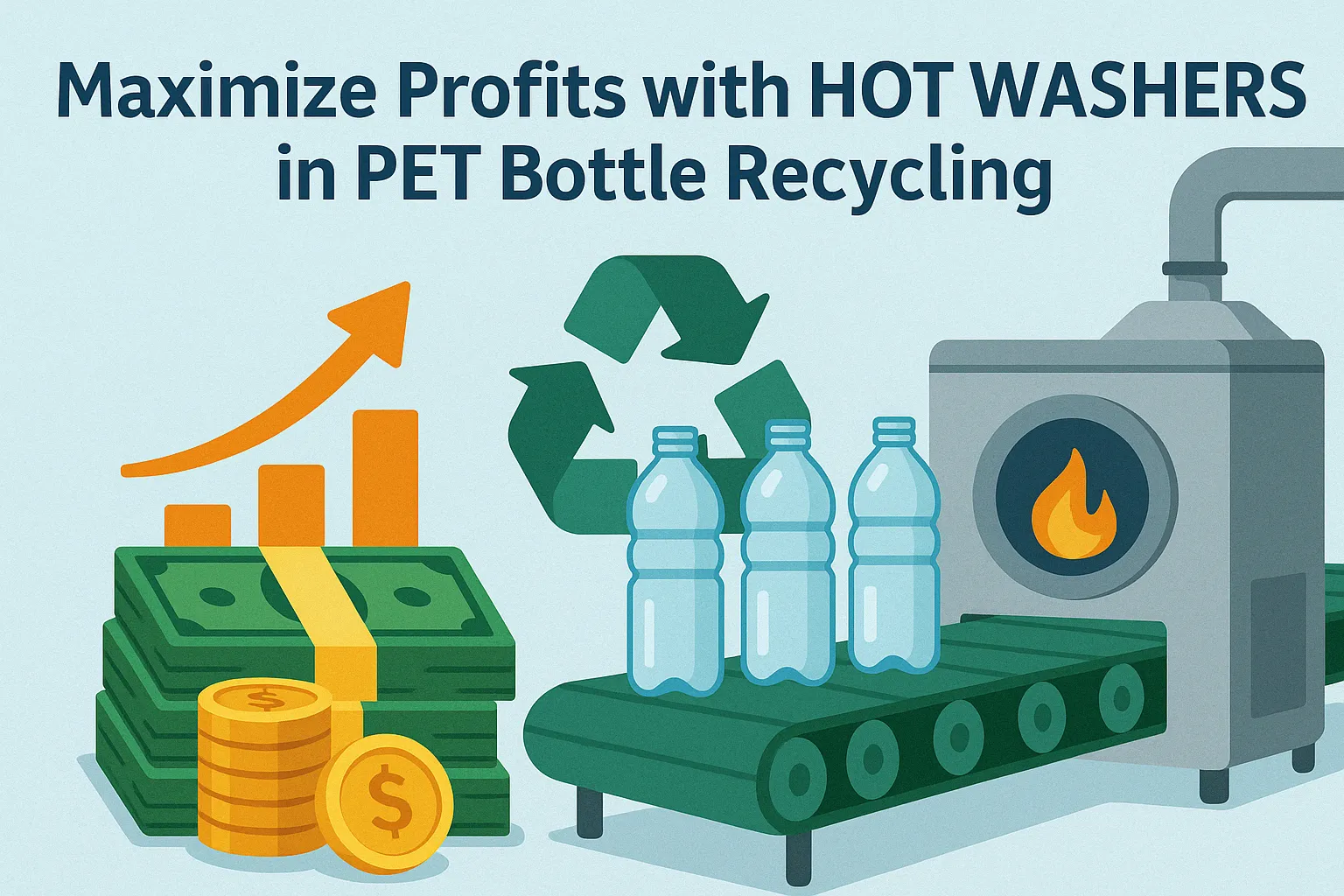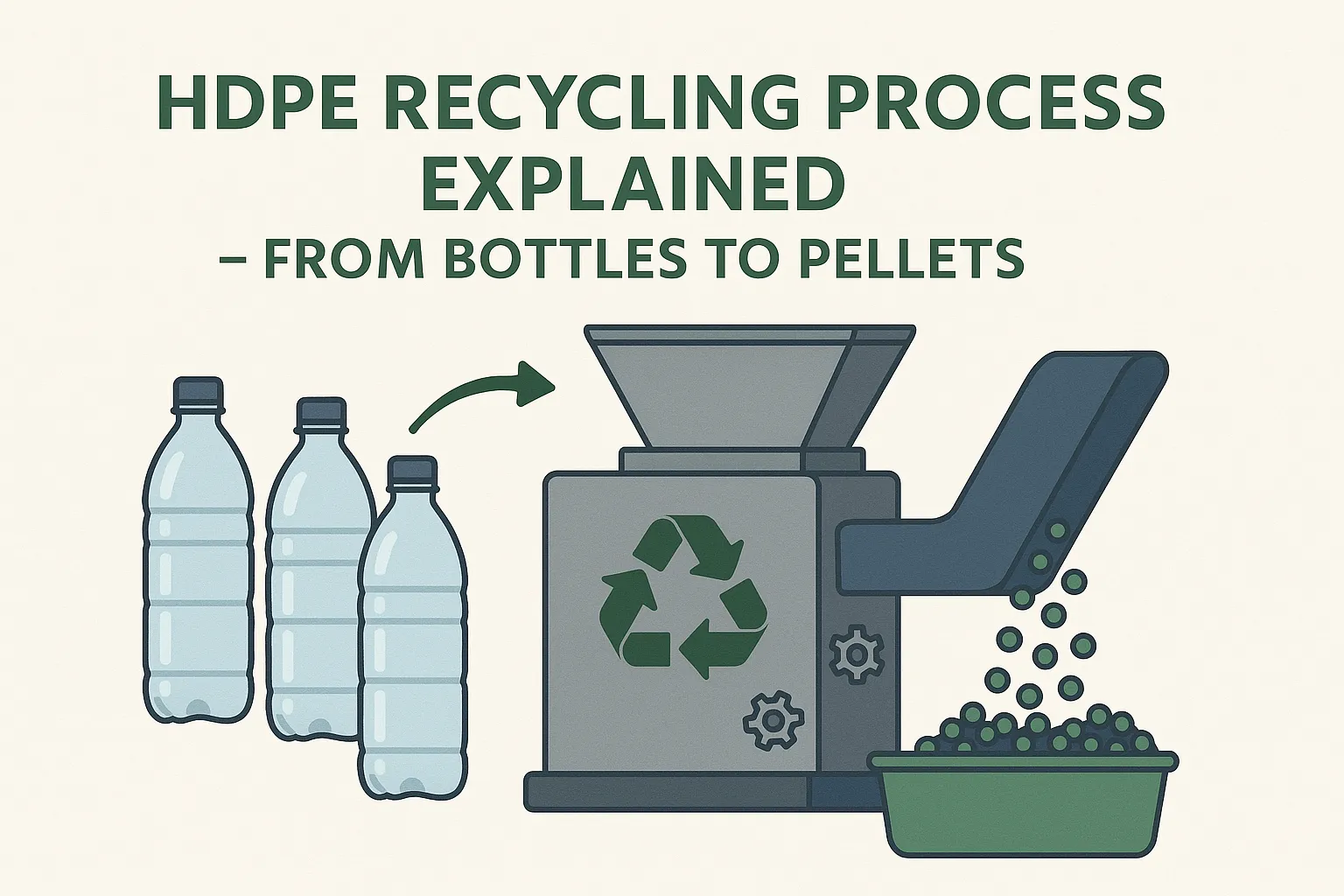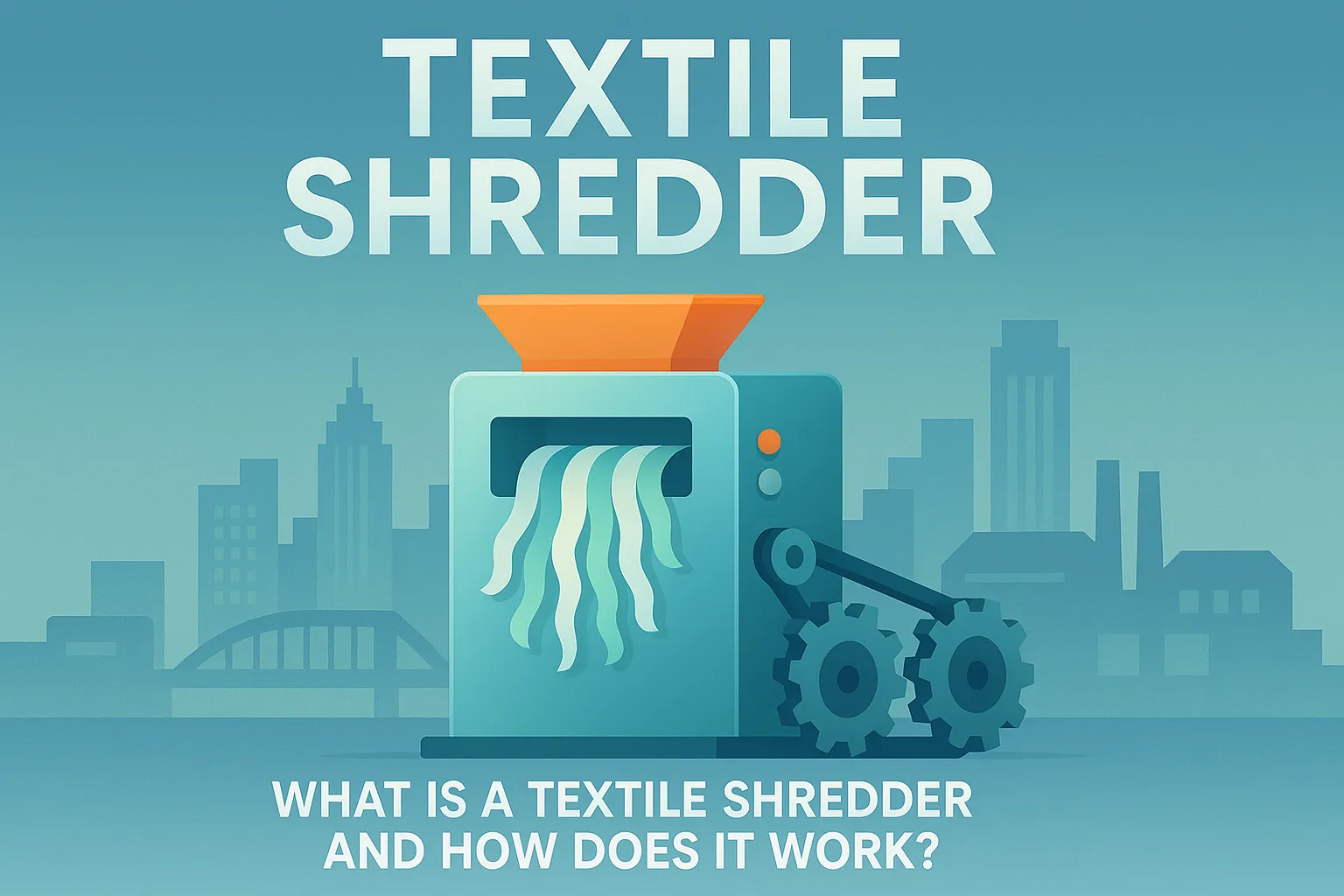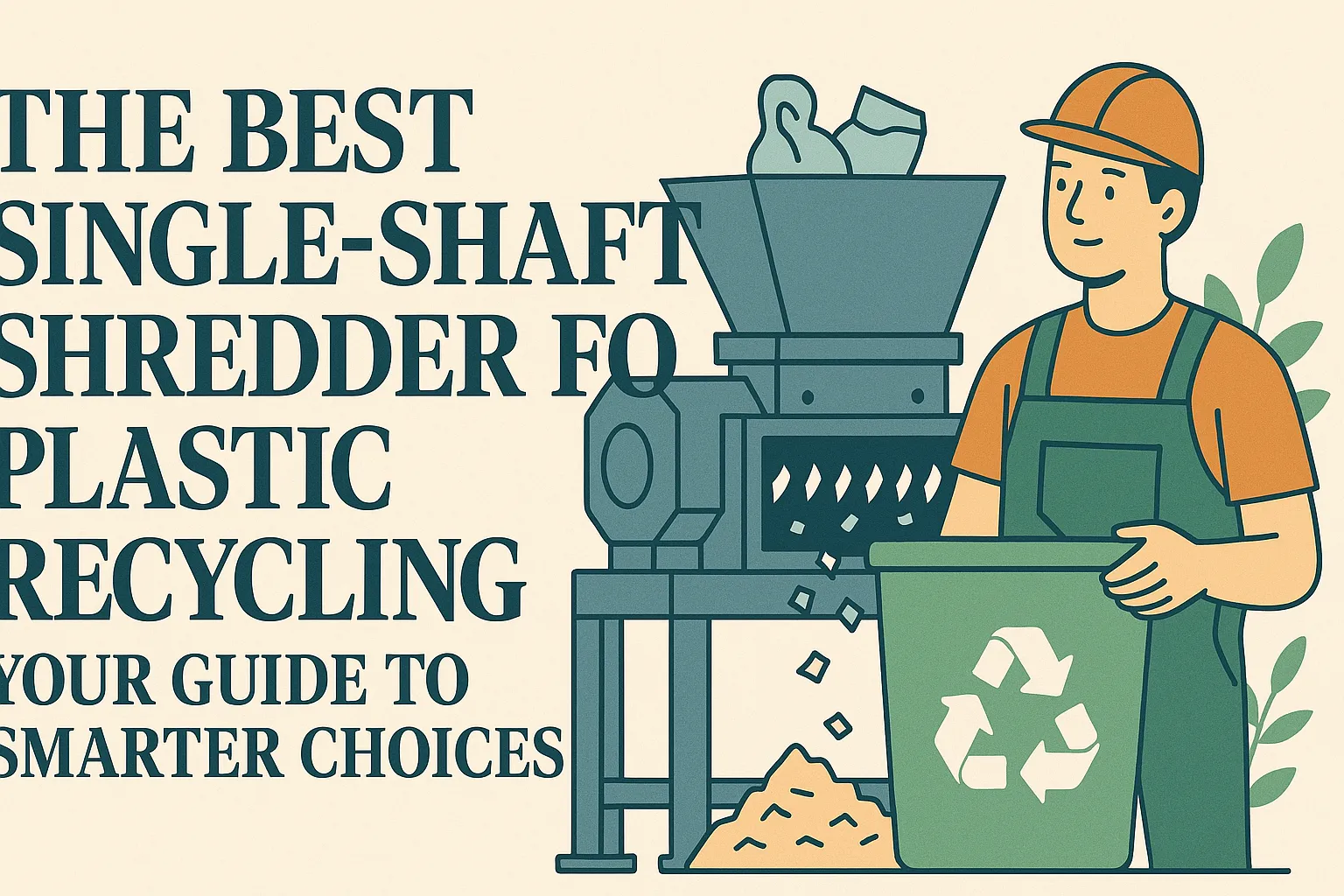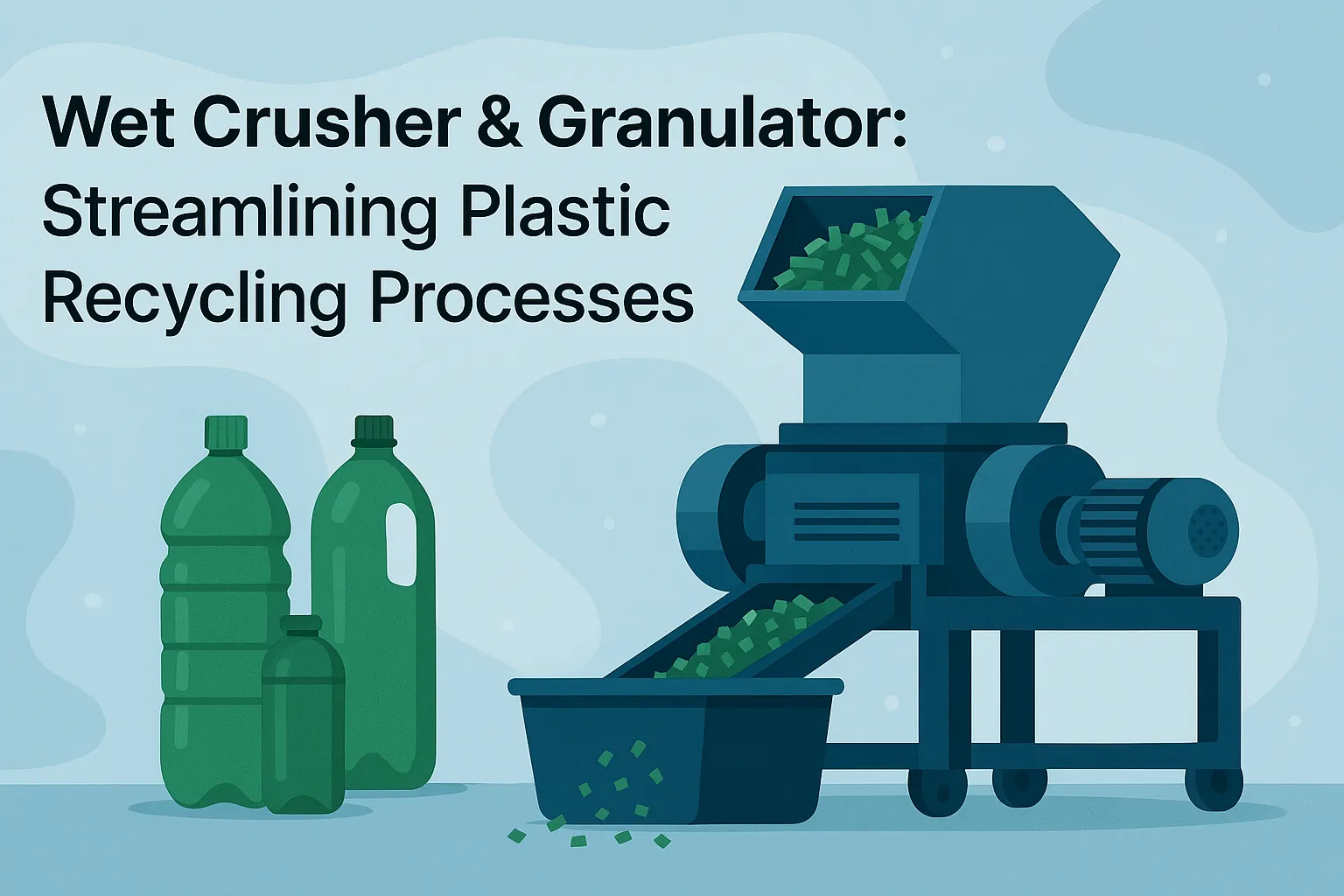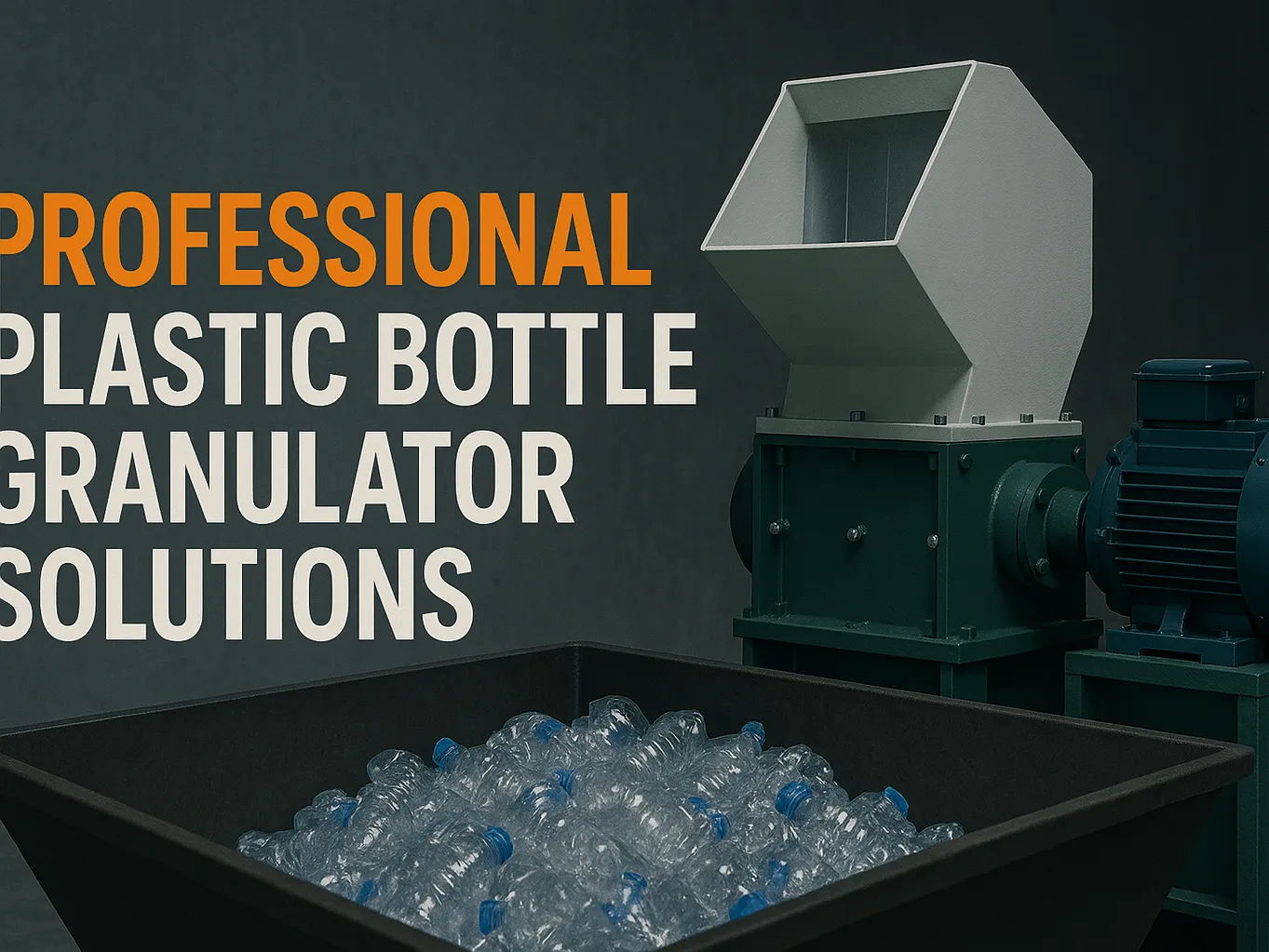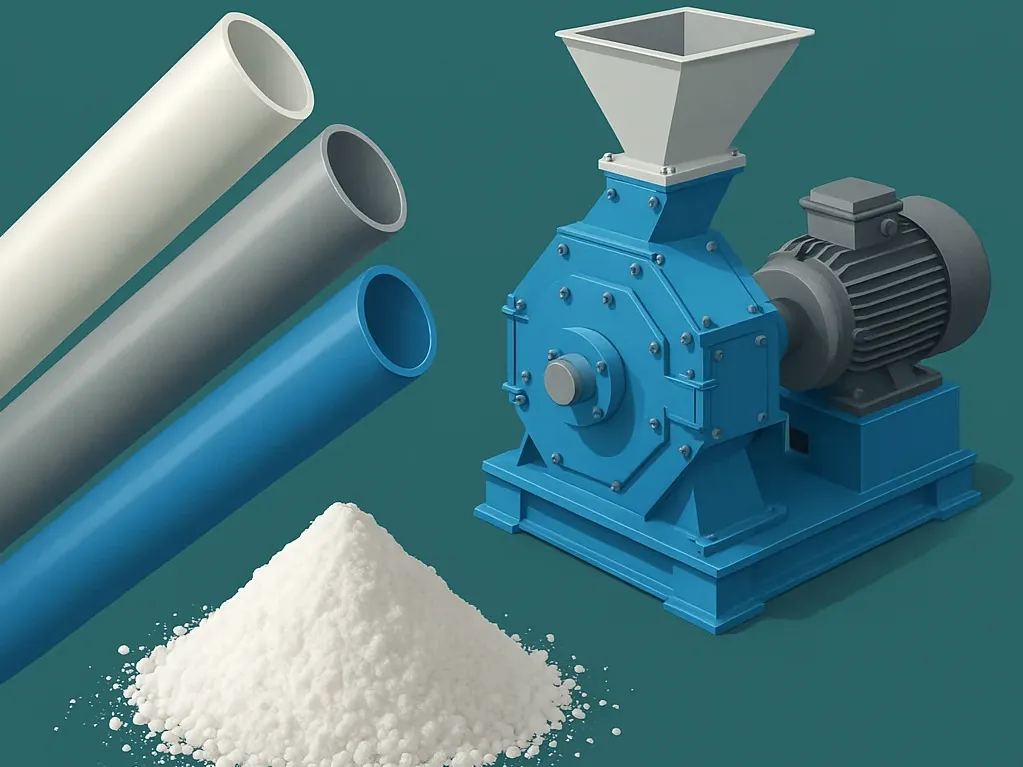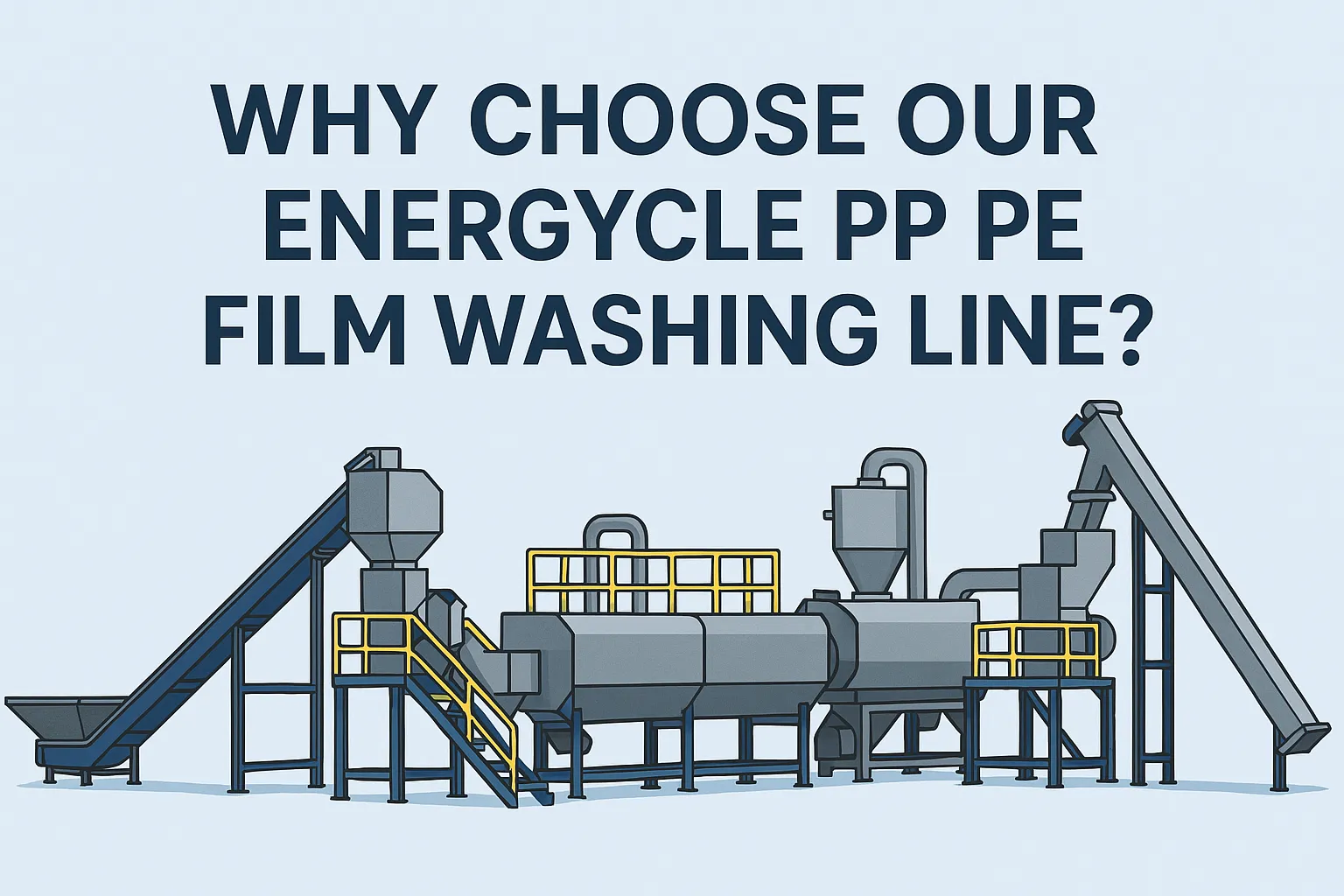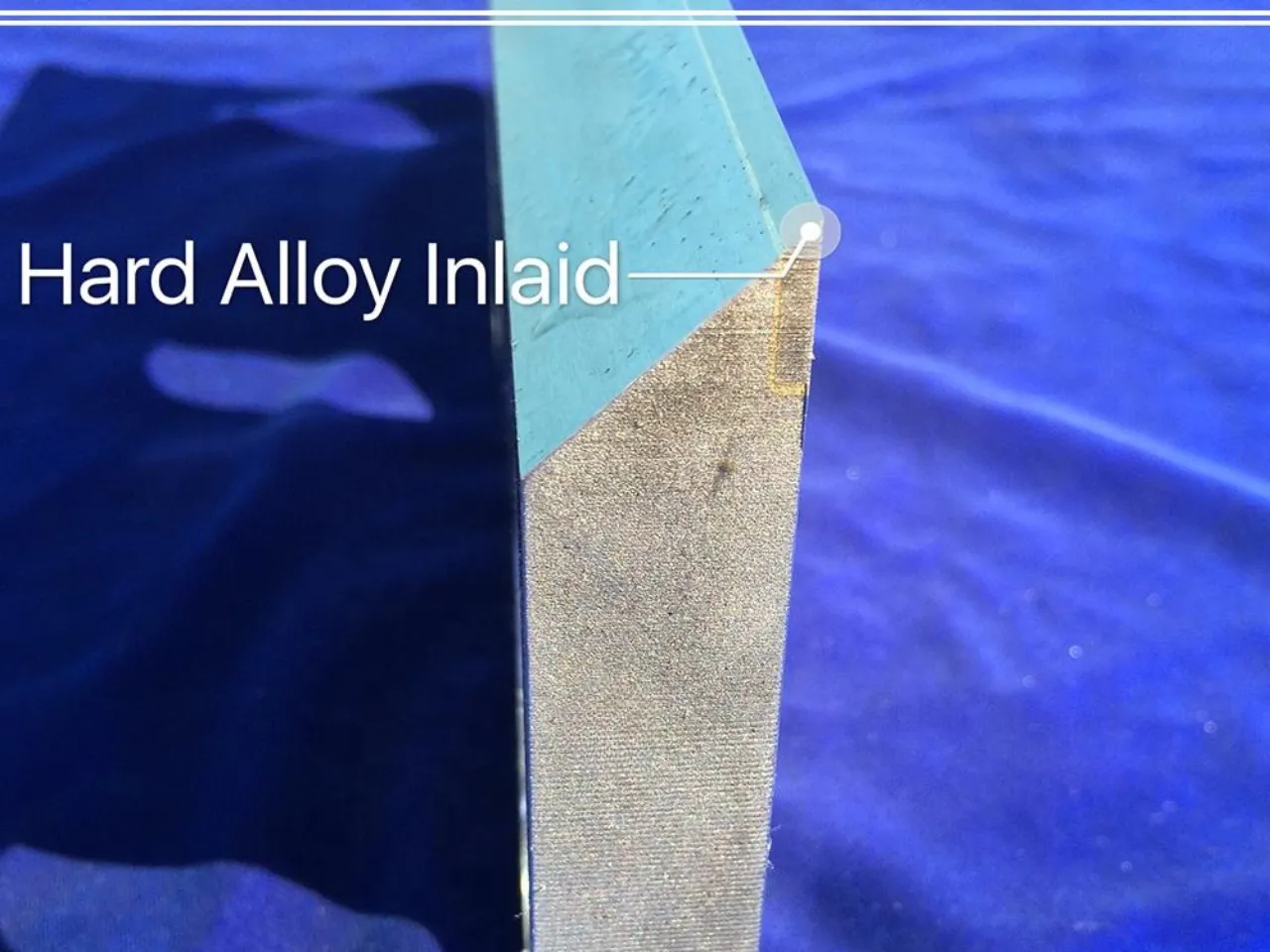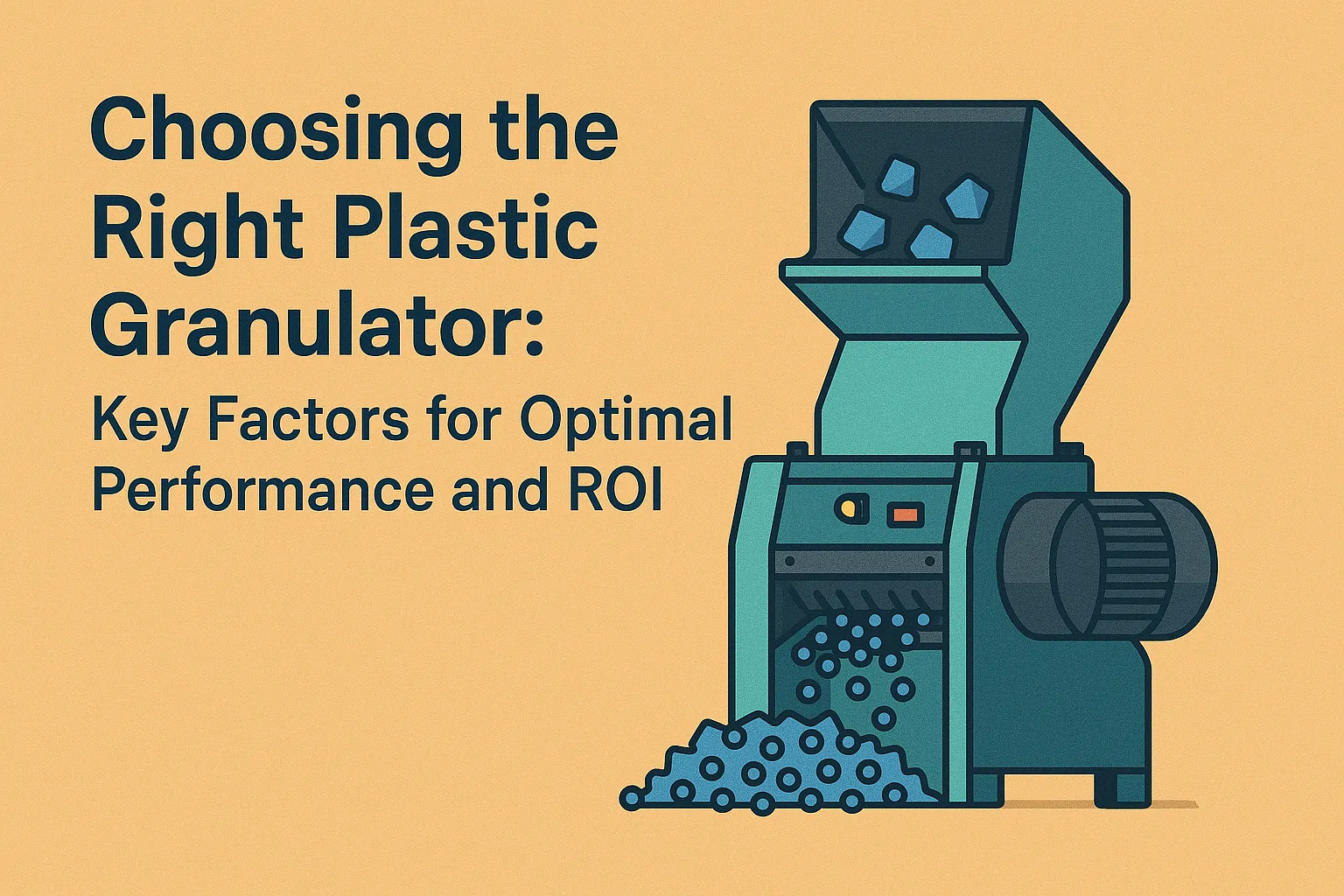Știri despre reciclare
Maximizarea valorii în reciclarea PET-ului: Puterea mașinilor de spălat la cald pentru fulgii de PET
Textile waste is a growing concern worldwide, with millions of tons of discarded clothing, fabrics, and carpets piling up in landfills each year. As sustainability becomes a priority for businesses and consumers alike, textile shredders have emerged as a powerful tool for recycling and repurposing textile waste. But what exactly is a textile shredder, and how does it transform old fabrics into valuable resources? In this article, we’ll explore the ins and outs of textile shredders, their working mechanisms, applications, and why they’re essential for a circular economy.
Running a recycling center or waste processing plant is no small feat. You’re juggling throughput, costs, and sustainability goals, all while ensuring your equipment can handle the daily grind. A single-shaft shredder is a cornerstone for turning plastic waste into something reusable, but picking the right one can feel like navigating a maze. Don’t worry—this guide is here to help you find the perfect shredder for your operation, with practical tips to cut through the noise and make a choice that boosts efficiency and saves you headaches.
A wet crusher & granulator is an essential piece of equipment designed specifically for plastic recycling operations. By simultaneously crushing plastic waste into smaller particles and cleaning it with water, it significantly enhances recycling efficiency and produces higher-quality granules suitable for reuse.
Polyvinyl chloride (PVC) is a versatile and widely used polymer in industries ranging from construction to packaging. However, processing PVC into fine powders for applications like coatings, pipes, or fittings requires pulverizers—specialized machines that grind PVC into uniform particles. The efficiency and performance of these pulverizers heavily depend on the PVC formulation being processed. Variations in additives, such as plasticizers, stabilizers, and fillers, can significantly influence pulverizer performance, affecting throughput, energy consumption, and product quality. In this article, we’ll explore how different PVC formulations impact pulverizer performance and provide practical strategies to optimize processing outcomes.
In today’s fast-evolving recycling industry, businesses need dependable equipment that delivers top performance while supporting sustainability goals. The Energycle PP PE film washing line is a premier solution for processing polypropylene (PP) and polyethylene (PE) films—common materials in packaging, agriculture, and industrial applications. With its exceptional quality, innovative design, and unmatched service, Energycle stands out as the go-to choice for plastic film recycling. In this article, we’ll dive into why this washing line is the ideal investment, offering practical insights into its efficiency, technology, and long-term benefits.
Plastic granulator is at the core of recycling and manufacturing, transforming bulky plastic waste into manageable, reusable regrind. But at the heart of this essential process is a crucial component often underestimated: the plastic granulator cutter. Selecting an inappropriate cutter can lead to reduced efficiency, poor-quality regrind, higher energy use, frequent downtime, and elevated operational costs.
Polyethylene (PE) film is ubiquitous – from packaging wraps to agricultural films. Recycling this valuable resource is crucial for sustainability, and at the heart of this process lies the PE film washing line. This sophisticated equipment transforms dirty, post-consumer or post-industrial film into clean flakes ready for pelletizing and reuse. However, like any industrial machinery, optimal performance hinges on consistent and thorough maintenance and care.
In the world of plastics processing and recycling, the plastic granulator is a cornerstone piece of equipment. Whether you're dealing with production scrap, rejected parts, or post-consumer waste, efficiently reducing plastic size is crucial for reuse, reprocessing, or disposal. However, not all granulators are created equal. Selecting the wrong machine can lead to inefficiency, poor regrind quality, excessive downtime, and ultimately, a lower return on investment (ROI).



